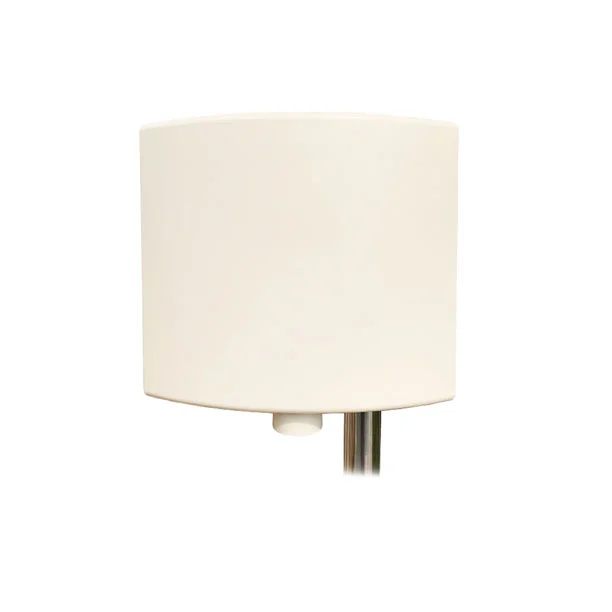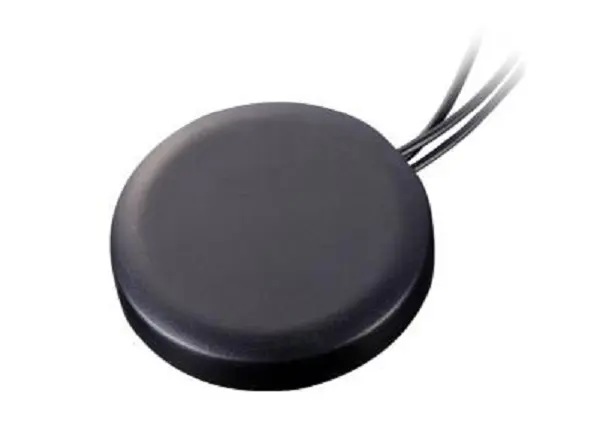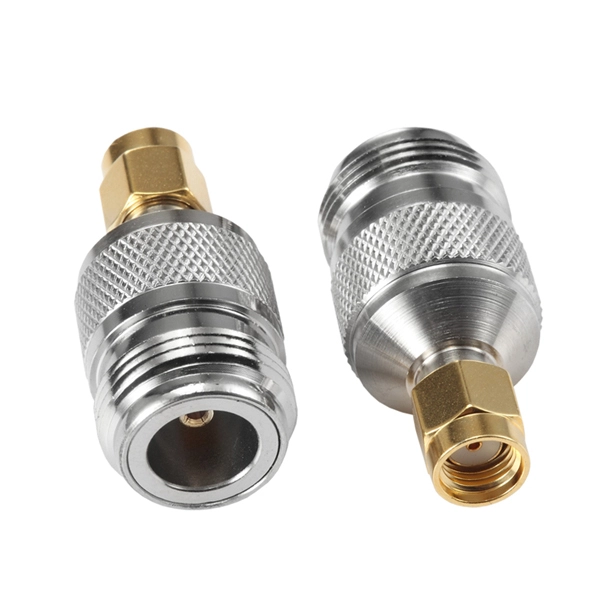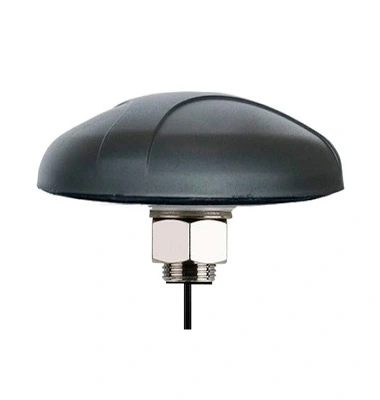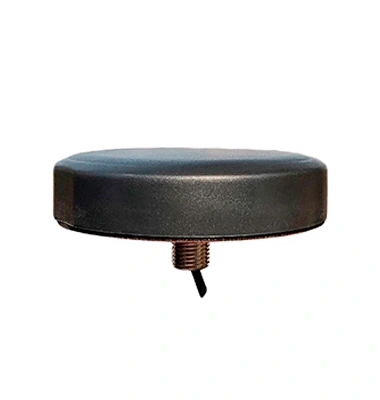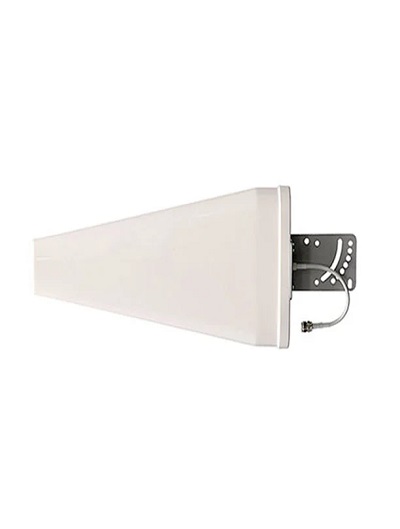What is an LTE antenna?
An LTE antenna is a device designed to transmit and receive radio frequency signals specifically in the Long-Term Evolution (LTE) wireless communication standard. LTE is a high-speed wireless communication standard commonly used for mobile data transfer, providing faster and more efficient data connectivity compared to earlier generations like 3G.
The LTE antenna plays a crucial role in facilitating the wireless communication between LTE-enabled devices (such as smartphones, routers, modems, or other IoT devices) and the LTE network infrastructure, typically comprised of cell towers and base stations.
How does LTE antenna work?
An LTE antenna works by receiving and transmitting radio frequency (RF) signals in the Long-Term Evolution (LTE) wireless communication standard. LTE antennas are essential components in the communication link between LTE-enabled devices (such as smartphones, routers, modems, or IoT devices) and the LTE network infrastructure, which includes cell towers and base stations.
1. Reception of Signals:
Incoming RF Signals: LTE antennas receive incoming radio frequency signals from the LTE network infrastructure. These signals carry data, including voice, text, and internet data, transmitted by the LTE base station or cell tower.
Antenna Design: The design of the LTE antenna is crucial for effective signal reception. Antennas are designed to capture and convert electromagnetic waves in the LTE frequency bands into electrical signals that can be processed by the LTE device.
2. Transmission of Signals:
Outgoing RF Signals: When an LTE-enabled device needs to send data, the LTE antenna converts electrical signals into radio frequency signals for transmission.
Modulation and Encoding: The LTE device modulates the data to be transmitted, encoding it into a form suitable for wireless transmission. The encoded data is then sent to the LTE antenna.
Antenna Transmission: The LTE antenna transmits the modulated signals into the air. The transmitted signals carry the data to the nearest LTE base station or cell tower.
3. Frequency Bands and Compatibility:
Specific Frequency Bands: LTE operates on specific frequency bands allocated by regulatory authorities. LTE antennas are designed to operate within these frequency bands. Different regions and cellular carriers may use different bands, so LTE antennas need to be compatible with the specific frequency bands used in a given area.
4. Antenna Types and Characteristics:
Omni-Directional Antennas: These antennas provide 360-degree coverage, capturing signals from all directions. They are suitable for general coverage in urban or suburban environments.
Directional Antennas: These antennas focus on a specific direction, providing increased gain and range. They are often used in rural areas or in situations where the location of the cell tower is known, enabling a more targeted signal reception or transmission.
5. External vs. Internal Antennas:
External Antennas: Mounted outside the LTE device, external antennas generally provide better signal reception compared to internal antennas. They are common in fixed installations like routers and modems.
Internal Antennas: Built into the LTE device, internal antennas are more compact but may have slightly reduced performance compared to external antennas. They are common in smartphones and portable devices.
What kinds of LTE antennas are suitable for rural areas?
In rural areas where cellular coverage may be weaker, choosing the right LTE antenna is crucial to improve signal strength and connectivity. Here are types of LTE antennas suitable for rural areas:
1. Directional Antennas:
Characteristics: Focus on a specific direction, providing increased gain and range.
Suitability: Ideal for rural areas where the location of the cell tower is known. Can be pointed towards the nearest tower to enhance signal reception.
2. Yagi Antennas:
Characteristics: Directional antennas with multiple elements in a linear array, offering higher gain.
Suitability: Useful for improving signal strength in rural areas with weak coverage. Can be oriented towards the nearest cell tower for better results.
3. Panel Antennas:
Characteristics: Directional antennas with a flat, panel-like design.
Suitability: Effective for point-to-point connections in rural environments, especially when there's a clear line of sight to the cell tower.
3. LTE MIMO Panel Antennas:
Characteristics: Designed for Multiple Input, Multiple Output (MIMO) applications, providing directional coverage with improved data throughput.
Suitability: parabolic grid antenna lte is Suitable for rural areas with high data demands, such as streaming or large file downloads.
4. Cantenna (Can Antenna):
Characteristics: Homemade directional antennas often made from metal cans or tubes.
Suitability: Inexpensive solution for enhancing signal strength in specific directions. Suitable for rural areas with limited budget constraints.
5. High-Gain Omni-Directional Antennas:
Characteristics: Omni-directional antennas with higher gain for broader coverage.
Suitability: Suitable for rural areas with dispersed cell towers. Provides improved signal reception from various directions.
6. Outdoor Antennas:
Characteristics: Designed for external mounting, providing better signal reception.
Suitability: Ideal for rural areas where outdoor installation is feasible. Can be mounted on a rooftop or pole for improved signal capture.
7. Mast-Mounted Antennas:
Characteristics: Antennas mounted on a mast or pole for elevation.
Suitability: Useful in rural areas with obstructions. Elevation can help overcome obstacles and improve line-of-sight to the cell tower.
8. Wide-Band Antennas:
Characteristics: Antennas designed to cover a broad range of frequencies.
Suitability: Suitable for rural areas where LTE frequencies may vary. Provides flexibility in capturing signals across different bands.
When selecting an LTE antenna for a rural area, it's essential to consider factors such as the distance to the nearest cell tower, potential obstacles, frequency compatibility, and the specific LTE bands used by your carrier. Conducting a site survey or consulting with a professional can help determine the most suitable antenna for your specific rural environment.
Asian Creation provides 4g lte dish antenna, 4g lte parabolic grid antenna, etc. Click for more information.
Does 4G and 5G use the same antenna?
In general, the antennas used for 4G (LTE) and 5G networks are not entirely the same, primarily due to differences in the frequency bands and technologies utilized by these two generations of wireless communication. While there can be some compatibility in certain cases, there are key distinctions to consider:
1. Frequency Bands:
4G (LTE): LTE networks operate on a range of frequency bands, commonly including 700 MHz, 850 MHz, 1800 MHz, 2100 MHz, 2600 MHz, and more, depending on the region and carrier.
5G: 5G networks use a broader spectrum, including both sub-6 GHz frequencies (such as 3.5 GHz) and millimeter-wave (mmWave) frequencies (such as 24 GHz, 28 GHz, and 39 GHz).
2. Antenna Design:
4G (LTE): LTE antennas are designed to work within the frequency bands specified for LTE. They are typically optimized for the frequency ranges used in LTE networks.
5G: 5G antennas are designed to accommodate the wider frequency range used in 5G, including higher-frequency mmWave bands. The design may incorporate multiple elements to support advanced technologies like Massive MIMO (Multiple Input, Multiple Output) used in 5G deployments.
3. MIMO Technology:
4G (LTE): LTE networks commonly use MIMO technology (Multiple Input, Multiple Output) to improve data throughput. MIMO involves multiple antennas at both the transmitting and receiving ends.
5G: 5G networks often utilize advanced forms of MIMO, such as Massive MIMO, which involves a large number of antenna elements to enhance data capacity and coverage.
4. Compatibility:
4G (LTE) Antennas: In some cases, antennas designed for LTE may still be compatible with 5G networks, especially in areas where the initial 5G deployments utilize existing LTE frequency bands (sub-6 GHz).
Dedicated 5G Antennas: However, to fully take advantage of the capabilities offered by 5G, including mmWave frequencies and advanced MIMO technologies, dedicated 5G antennas are often recommended.
5. Dual-Mode Antennas:
Dual-Mode: There are antennas designed to support both LTE and 5G, providing a level of compatibility for devices that need to transition between the two technologies.
It's important to note that the evolving nature of wireless networks means that new technologies and standards may influence antenna designs over time. As 5G networks continue to expand and mature, the industry may see more antennas specifically tailored for 5G applications. When considering antennas, it's recommended to check the specifications provided by the antenna manufacturer and ensure compatibility with the specific network technologies in use.

 English
English